As elsewhere in India the Andhra country is also an agro-oriented economy since historical times. Needless to say, to boost up such economy, proper water management is indispensable. Either rain or river dependence to improve the agricultural produce, harnessing the available waters, was well recognized even during the vedic period, nay in the Harappan culture itself. Coming down to the historical period the best example for the advanced hydro-architectural technology is the Sudarsana tataka of the Junagadh inscription of Rudradaman. In so far as the Andhra is concerned many inscriptions of the early historical period speak of several tanks while dileanating the boundaries of the gift villages. Some of the villages had four or five tanks serving their irrigation needs. Grants of agraharas brought large extents of land under cultivation and there was a corresponding increase in the tank excavation activities. These activities registered a phenomenal growth the Kakatiya period. The kings of this dynasty excavated extensive tanks justifiably called samundras. The Vijaynagara period also witnessed similar activities with almost equal enthusiasm. The Porumamilla inscription of Bhaskara Bhavadura lays down dos and don’ts in respect of excavating tanks. Thus, the Water Management over centuries in the Andhra country is a fascinating study. The present work throws new light on the subject spreading over a period of more than one and a half millenium.
The Buddhist Landscape of Varanasi: Sacred Landscapes of South and Southeast Asia
Lord Buddha came to Sarnath, ...
$55.80
$62.00

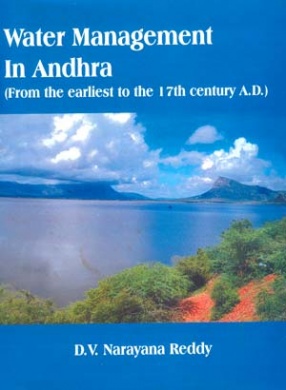
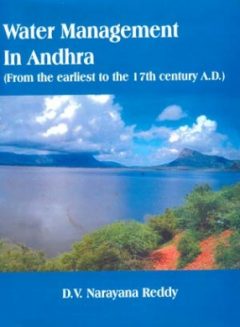
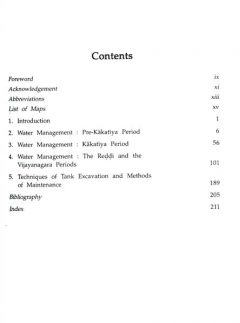
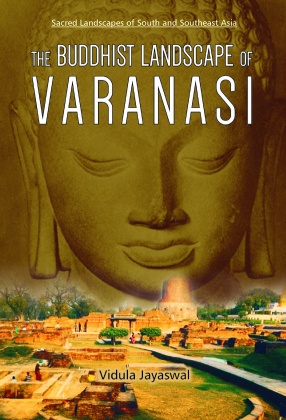
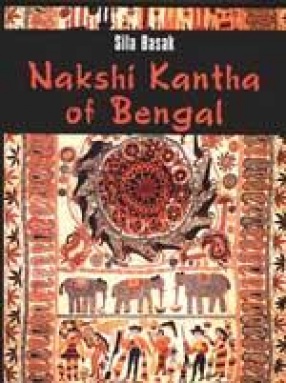
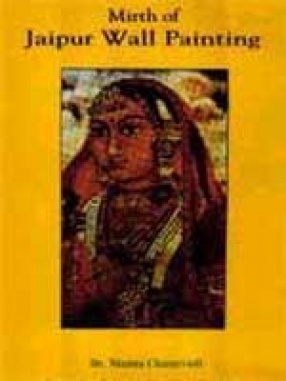
There are no reviews yet.